Remember payphones? Those phones that would normally be found housed in a glass cubicle, especially in countries having four seasons, allowing you to make phone calls wherever you may be outside of your home.
All you would need are coins of legal tender to start making calls, although some have been known be a bit inventive and creative in trying to get the most of their coins and ‘coins’ from these payphones.
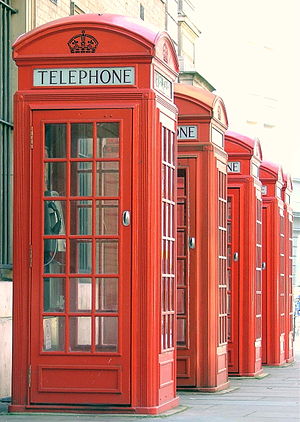
Some of these cubicles would be red in colour (like in the United Kingdom) whilst others would be in other fashionable colours, and some of these cubicles would be plain-looking whilst some would be fashionably designed eg Spain, Netherlands, Brazil etc.
Most of these payphones would be in good working condition but some would fall prey to vandals. And as most people have experienced, the air quality within the cubicles leaves so much to be desired unless you are CSI’s Hodges who likes to take a whiff to give you a breakdown of the air’s constituents. But then again, it’s a no-brainer as most time, it would be urine anyway.
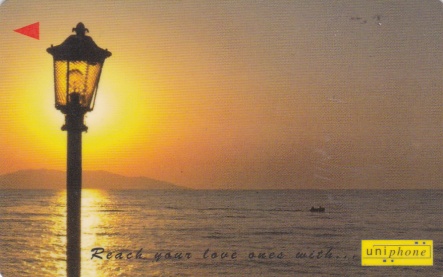
And remember telephone cards? That little piece of plastic that we use to make phone calls with? Just by inserting the card into the payphone, we can get connected to our loved ones who lives a distance away or just to give their girlfriends a call (to ensure their girlfriends of their undying love, whilst hogging the phone for the next half an hour, complete with kisses etc, and remaining oblivious to the queue of people outside the cubicle looking and some even pointing at the watches, eating and finishing their burgers etc whilst waiting patiently for their turn) or make that all important call to the office thus ensuring the bossman that we are actually on the job despite not being in the office (as if!). That little piece of plastic that is the telephone card, later to be replaced almost totally by the mobile phone as the Digital Age took a firm grip of the late 1990s and the new millenium.
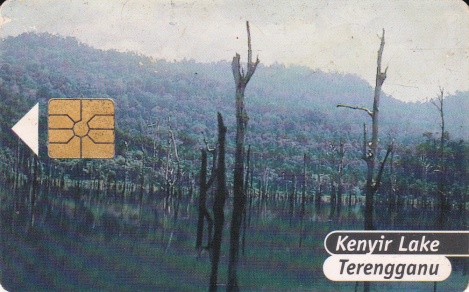
That little piece of plastic, the telephone card, was of no less importance in the 1990s than that other fashionable-to-have piece of plastic, the credit card, so fashionable that some would not leave home without it? That piece of plastic that comes in different denominations eg RM5, RM10 etc etc?
I just moved house recently (again!) and was unpacking a box of old personal belongings, stuff that I bring along with me whenever we move house, without fail and always in the same box, when I came across a bundle of old used telephone cards. As I was going through the cards, the memories came flooding back with each card having its own little story to tell.
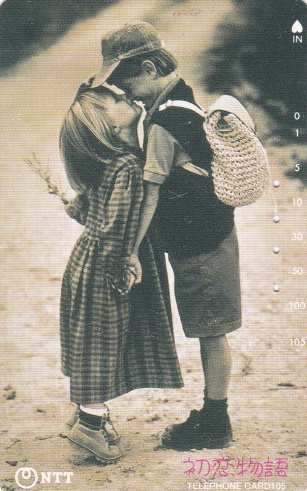
For instance, the Japanese telephone cards from NTT came to become part of my collection when I was on a month’s training in Tokyo, Japan, with a unit of Nomura no less. Since telecommunications is a big thing in Japan (they were experimenting with some form of texting way before it came big in United Kingdom and later in Malaysia), you could find payphones easily and most, if not all, accept telephone cards.
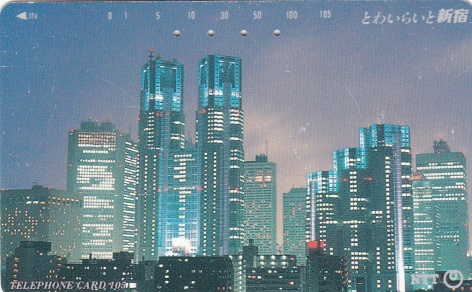
As everybody knows, you’d normally use coins to make calls at payphones then. Thats okay for short distances, eg within Tokyo or even Japan itself, but for long distance calls eg to Malaysia, the telephone card is the way to go. Convenient and easily available, even from a vending machine.
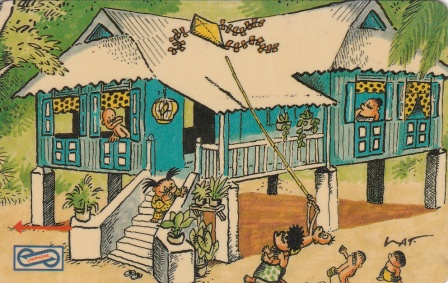
That was an eye opener but then again, this is Japan. If you want something, chances are that you can get it from a vending machine and in Japan, vending machines live a long and prosperous life. Unlike their cousins in some places.
And in Japan, vending machines are a dime a dozen. They can be found almost everywhere and the most amazing thing is that these machines remained intact and good working condition despite being left unattended out in the open.

And for most of us who went for that particular piece of training, we mastered the art of making a call from the hotel where we were staying, to Malaysia in no time. It being a telephone card, the downside was that our calls were limited in terms of duration but on the upside, it kept us on the right side of a budget.
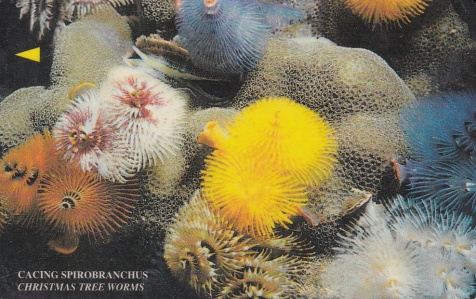
The telephone cards in my collection were mostly, as expected, Malaysian. Malaysian telephone cards, if you look carefully, carries a lot of information, that is if you know where to look. For instance, names like Uniphone, Citifon are some of the household names during the age of payphones and by extension, telephone cards as well. Today, telecommunication household names tend to be mobile operators, with most people having at least one mobile phone and one mobile number.
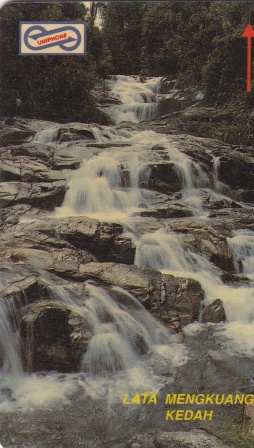
Malaysian telephone cards also tend to be made of solid plastic, unlike those pliable ones from Japan’s NTT thus indicating the different technology and materials employed.
Another common characteristic amongst all telephone cards that I have used or come across is that they tend to have scenes of public life or cartoons or fauna and flora or interesting locations etc pasted onto these telephone cards, making these cards items of interest and thus, collectible giving rise to a new hobby (or a new form of hoarding, as my wife would always say).

Compare these telephone cards to the pre-paid reload cards that you have today, well in Malaysia at least, one can definitely say there is a vast difference in the presentation as well as materials used. Maybe the marketing approach for reload cards is not as demanding for telephone cards due to the nature of the business or the competition available.
Whatever it is, one thing’s for sure. In the Digital Age where connectivity is of great import, and as telecommunication technology gets more and more sophisticated, the telephone card will definitely go by way of the Dodo bird soon, if it hasn’t already.

But for collectors of telephone cards, it will always bring back memories of an era where things were comparatively simpler as compared to nowadays. Days when we had a certain degree of freedom and time for ourselves, and not always subject to the ring (or ringtone, as it is nowadays) of our mobile handphones.
Granted, everything has its price but the day may come when, to stay connected or as they say, wired in, the price may soon be a bit too high for some. Some have already ditched their handphones for a more stress-free environment. Being wired-in does have its limitations and its drawbacks, you must agree.
When that day comes, are we to see the re-introduction of the telephone card? Who knows? It may just happen.
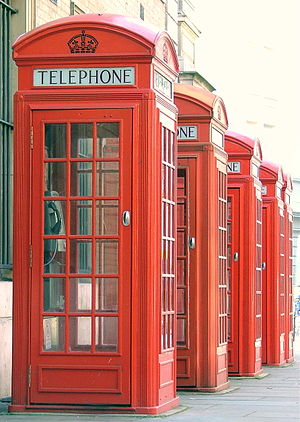

Interesting artwork on the cards – enjoyed looking at them.
LikeLike
Glad you find them interesting. Could be the start of a new hobby or craze, you know. Anyway, thanks for dropping by.
LikeLike